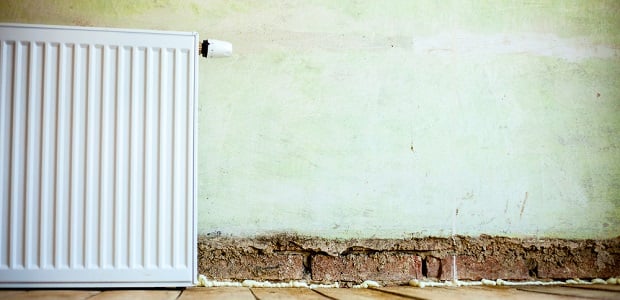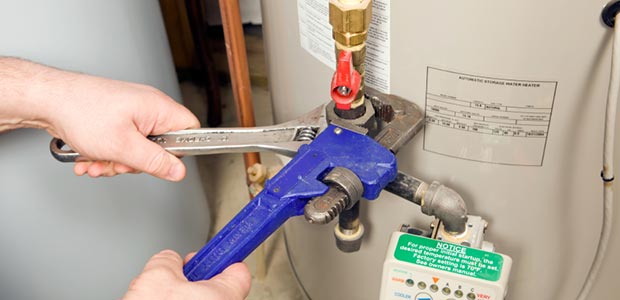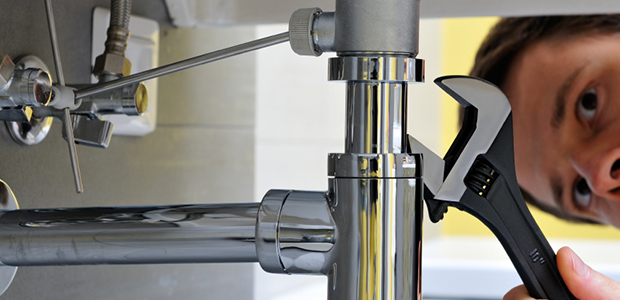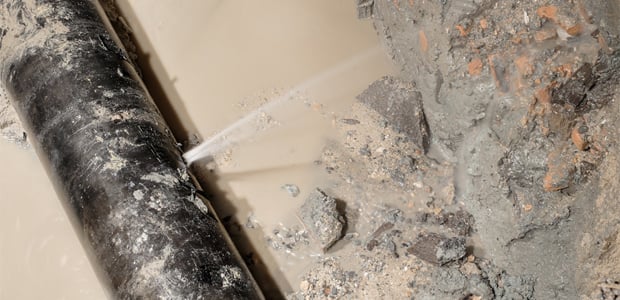What do mold, pests, old windows and carbon monoxide have in common? They’re silent, hidden and can become serious health (and financial) hazards if left unchecked. Thankfully, all of these issues are more than manageable. To help you get started, here are seven household threats to tackle first.
1. Unknown Termite Problem
Termites can do serious damage to your home each year without many warning signs. While detecting evidence of termites in your home can be difficult, addressing the issue is simple. Many pest control specialists will offer a personalized solution and provide additional information about preventing termite damage. If you live in an area that is prone to termites or if you suspect that your home has termite damage, consult a pest specialist immediately.

2. Environmental Threats
Unknown to many homeowners, home inspections sometimes miss important safety factors. Unless you specifically include an item for examination, many inspectors will not check for asbestos, radon gas, lead paint, toxic mold or pests. If left unmitigated, these contaminants will cause serious damage to your home and your health.
Call a specialist immediately if you suspect your home is at risk. In addition to inspecting your home for toxic contaminants, a specialist will identify the best course of action to remove any offending hazards.

3. An Inefficient Water Heater
Replace your water heater if it doesn’t heat efficiently or requires constant repair. The average replacement will cost under $1,000.
In addition to reduced energy efficiency, faulty water heaters can also threaten the safety of your home. Damaged heaters can explode, causing severe damage to your house and potential injury to you and your family. Have a pro inspect your water heater for signs of failure.
4. Improper Dryer Exhaust Venting
According to the National Fire Protection Association, improper dryer ventilation and maintenance causes 14,000 fires each year. Over time, lint buildup can restrict airflow and increase the temperature in your dryer, leading to increased fire danger. Concerned about your dryer?

5. Leaky Plumbing
On average, plumbing leaks account for 10,000 gallons of wasted water each year (that’s enough to fill a swimming pool). In fact, if your toilet is constantly running, you could be wasting 200 or more gallons of water each day — that’s 73,000 gallons of water every year. Do the math and you’ll quickly see how much plumbing leaks add to your water bill. Thankfully, fixing your leaky pipes is as easy as hiring a plumber.
6. Carbon Monoxide
Carbon monoxide, or CO, is a major safety issue for all homeowners. Fortunately, there are definite steps you can take to protect your home and family. The simplest of which is installing carbon monoxide detectors and ensuring the proper function of your gas, oil and charcoal burning appliances. Want to make sure you’re protected? Talk to a fire protection and prevention specialist.

7. Water Damage
Preventing water damage is simple. Begin by inspecting your gutters for clogs. Sticks and leaves can collect in your gutters and cause water to pool near your home. Standing water will seep into the soil and damage your home’s foundation and basement.
Next, look for leaky pipes and faulty connections. Slow drips can cause mold and mildew growth over time. Constant moisture will also damage your flooring, subflooring and ceiling if the leak is in your second story.
